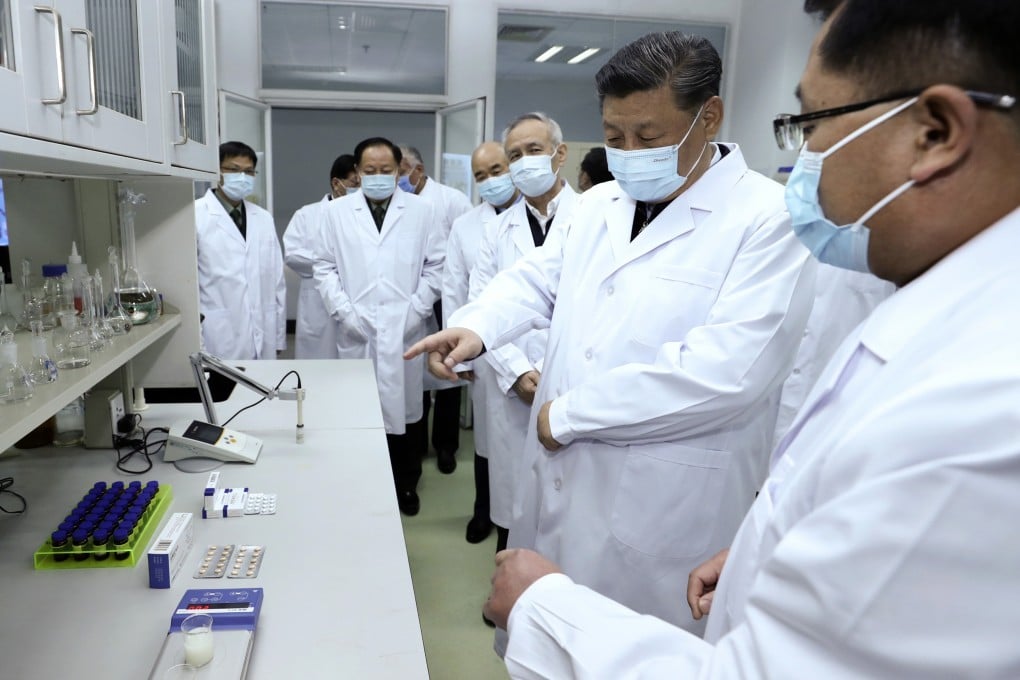Coronavirus: China, Xi Jinping put 5G technology on top of huge spending plans to salvage economy
- President Xi Jinping made it clear that Beijing will rely on additional infrastructure investment to stimulate growth on top of traditional projects including railways
- There are concerns China’s economy will shrink in the first quarter of 2020 for the first time since the Cultural Revolution in 1976

Unprecedented spending on “new infrastructure,” including 5G networks and data centres, as well as accelerated expenditure on traditional projects including high-speed railway lines, will top China’s response to the economic impact caused by the coronavirus outbreak, said President Xi Jinping.
China must accelerate construction of “new infrastructures such as 5G networks and data centres” on top of speeding up “key projects and major infrastructure construction already included in state plans” like additional high-speed railway lines, Xi told Wednesday’s meeting of China’s top policymaking panel, the Politburo Standing Committee, according to a report by the official Xinhua News Agency.
The comments confirm investment will be made in new technologies, echoing parts of the controversial “Made in China 2025” industrial policy plan that was downgraded last year after sharp criticism from the United States and European Union.